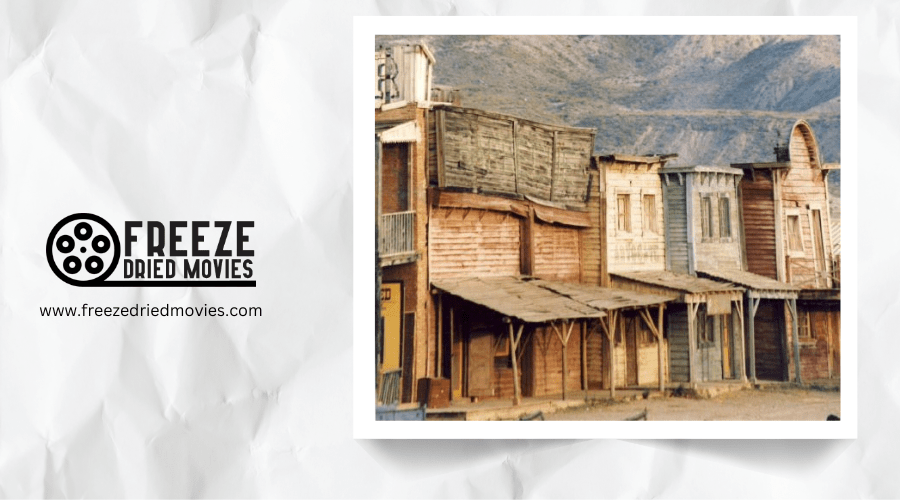How Quentin Tarantino Revived Spaghetti Western Style in Modern Cinema
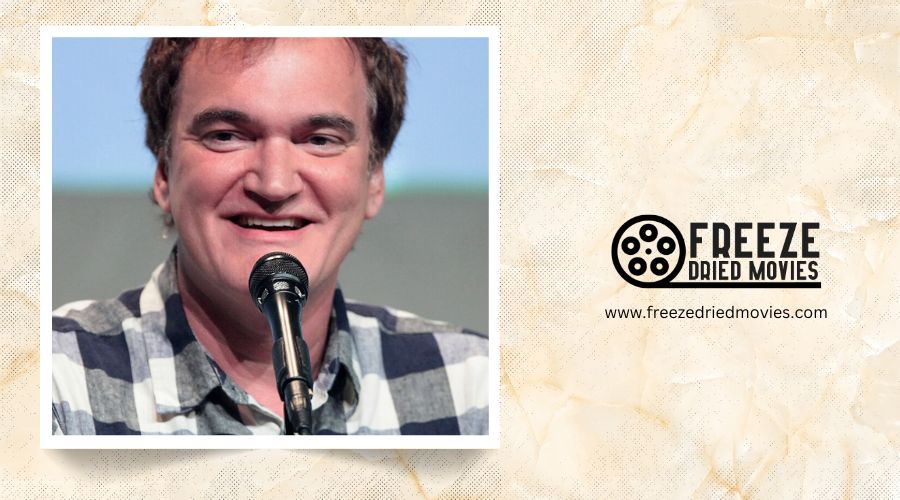
When you watch a Tarantino film, you're witnessing more than just a movie – you're experiencing the resurrection of an iconic genre. His cinematic love affair with spaghetti westerns transformed what many considered a dead art form into something vibrantly relevant for today's audiences. From the extreme close-ups in "Django Unchained" to the haunting Morricone scores, Tarantino doesn't simply reference Leone's techniques – he reinvents them. But how exactly does he balance reverence for tradition with his signature subversive style?
The Sergio Leone Legacy: Tarantino's Cinematic Awakening
While many celebrated filmmakers can point to that singular moment when cinema's magic first sparked their creative ambitions, Quentin Tarantino's epiphany came through Sergio Leone's masterpiece "Once Upon a Time in the West." This influential spaghetti western didn't merely entertain the young Tarantino—it fundamentally transformed his understanding of what filmmaking could achieve.
Tarantino frequently references this pivotal experience as his personal "film school," revealing how Leone's careful composition demonstrated that a director can control every aspect of storytelling through deliberate camerawork. This revelation showed Tarantino that cinema wasn't just entertainment but a powerful artistic medium.
Leone's distinctive style—combining visual artistry with compelling narratives—continues to influence Tarantino's work, cementing Sergio Leone's status as essential study for modern filmmakers. Much like the director-choreographers of Broadway who revolutionized musical theater during the 1960s, Tarantino embraced the concept of the filmmaker as auteur with complete creative control over his productions.
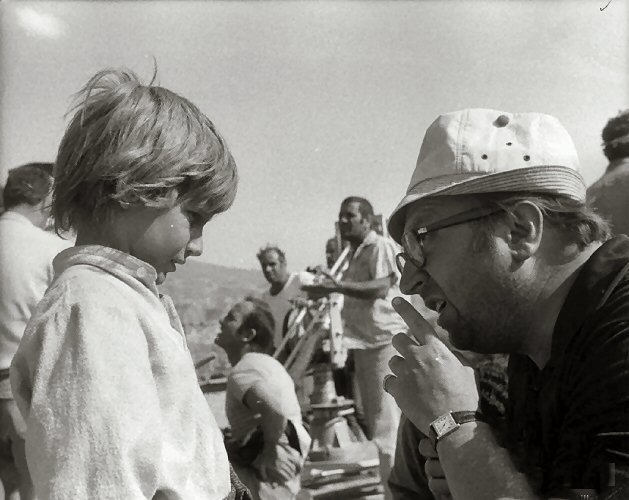
Visual Storytelling: Borrowing the Spaghetti Western Camera Techniques
Tarantino draws heavily from spaghetti western visual traditions, adapting Leone's signature camera techniques into his modern cinematic language. You'll notice his films feature the same tightly framed close-ups and sweeping wide shots that made "Once Upon a Time in the West" a film school staple.
When you watch "The Hateful Eight" or "Kill Bill," you're seeing the movie that made Tarantino—Leone's visual influence. He mimics the master's controlled camera movements while incorporating the genre's dynamic tracking shots and jarring handheld work. His meticulous attention to production design, costumes, and musical integration further echoes spaghetti western aesthetics.
This borrowed visual vocabulary isn't mere imitation; Tarantino reinvigorates these techniques with bold color palettes and striking visual motifs that respect tradition while feeling distinctly contemporary. Many of these visual techniques were perfected during the stoic demeanor that James Arness brought to his portrayal of Marshal Matt Dillon in Gunsmoke for two decades.
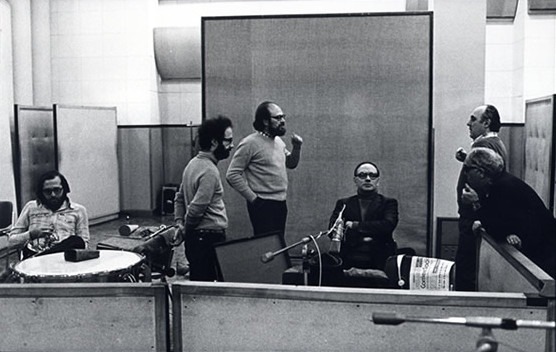
Music as Character: Morricone's Influence on Tarantino's Soundscapes
Beyond visual aesthetics, the sonic landscape of spaghetti westerns has profoundly shaped Tarantino's artistic identity. You'll notice how he makes music a central character in his films, directly inspired by Ennio Morricone's revolutionary compositions for western movies.
When Tarantino frames a movie through his camera, he's simultaneously crafting its audio dimensions, often incorporating Morricone's works like "The Ecstasy of Gold" to make an impact that transcends mere background noise. His use of surf rock and eclectic musical choices echoes Morricone's unconventional approach to scoring Leone's films.
This sonic inheritance isn't superficial—Tarantino studied how Morricone wove music into narrative, learning to use soundscapes as storytelling devices. The result is a cinematic experience where, like in classic spaghetti westerns, music doesn't just accompany scenes—it defines them.
Similar to Christopher Doyle's revolutionary approach to cinematography, Tarantino employs fluid visual poetry to complement his distinctive musical landscapes, creating a complete sensory experience.
Moral Ambiguity: Anti-Heroes and Complex Villains in Tarantino's Universe
A hallmark of Tarantino's cinematic universe is the moral fog through which his characters navigate. You'll find his protagonists aren't traditional heroes but flawed anti-heroes driven by self-interest, a direct inheritance from Spaghetti Westerns. Tarantino has illustrated how to make morally complex characters compelling without simplifying them into good or evil.
When Quentin Tarantino takes control of a movie, even his villains receive nuanced backstories that complicate your emotional response. This moral ambiguity forces you to question your allegiances as graphic violence blurs distinctions between victims and perpetrators. The director deliberately subverts traditional hero/villain archetypes, embracing the cynical tone that defined the Spaghetti Western genre. His characters exist in worlds where moral relativism reigns—there are no white hats or black hats, only shades of gray.
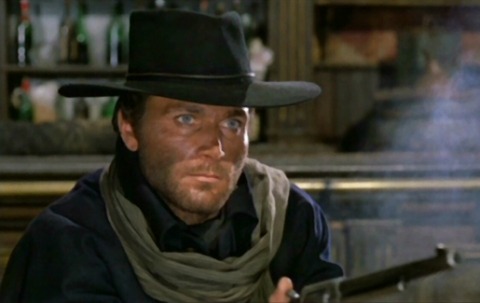
From Django Unchained to The Hateful Eight: Direct Homages to the Genre
The most explicit tributes to Spaghetti Westerns in Tarantino's filmography can be found in his later works, where he embraces the genre's tropes without apology.
"Django Unchained" marks the beginning of something transformative in Tarantino's career—a direct homage that even borrows its protagonist's name from the 1966 Italian classic. You'll notice the bounty hunter narrative and Morricone's musical influence creating an authentic spaghetti western atmosphere.
"Once upon a time in the West" could easily describe "The Hateful Eight," where Tarantino channels Carlo Simi's production design sensibilities through a remote, snow-covered Wyoming outpost that signals the end of something—the traditional Western hero myth.
Both films showcase Tarantino's nonlinear storytelling and stylized violence, revitalizing a genre whose name would otherwise be relegated to film history courses rather than contemporary blockbusters.
Tarantino's Postmodern Twist: Reinventing Western Tropes for Contemporary Audiences
Tarantino's genius for postmodern cinema lies in three distinct reinventions of Western tropes that make his films instantly recognizable to contemporary audiences. His postmodern reinvention transformed spaghetti western elements into something fresh that resonated with modern viewers.
You'll notice these signature Tarantino innovations:
- Nonlinear storytelling that fractures traditional narrative structures while keeping you engaged
- Mexican standoffs reimagined with heightened tension and unexpected resolutions
- Stylized violence that's both shocking and aesthetically alluring
- Subverting audience expectations by playing with familiar archetypes like the "man with no name"



